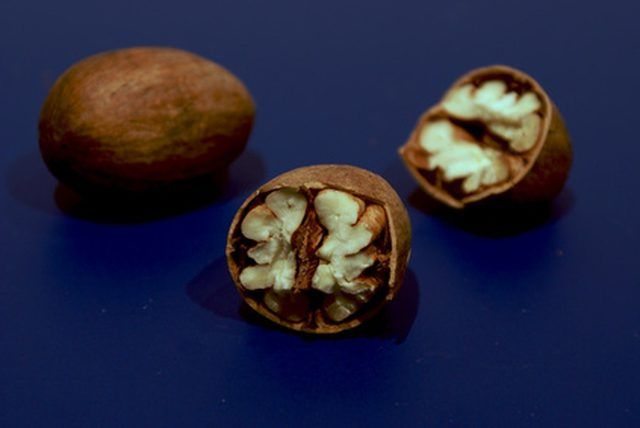Bulbs
Flower Basics
Flower Beds & Specialty Gardens
Flower Garden
Garden Furniture
Garden Gnomes
Garden Seeds
Garden Sheds
Garden Statues
Garden Tools & Supplies
Gardening Basics
Green & Organic
Groundcovers & Vines
Growing Annuals
Growing Basil
Growing Beans
Growing Berries
Growing Blueberries
Growing Cactus
Growing Corn
Growing Cotton
Growing Edibles
Growing Flowers
Growing Garlic
Growing Grapes
Growing Grass
Growing Herbs
Growing Jasmine
Growing Mint
Growing Mushrooms
Orchids
Growing Peanuts
Growing Perennials
Growing Plants
Growing Rosemary
Growing Roses
Growing Strawberries
Growing Sunflowers
Growing Thyme
Growing Tomatoes
Growing Tulips
Growing Vegetables
Herb Basics
Herb Garden
Indoor Growing
Landscaping Basics
Landscaping Patios
Landscaping Plants
Landscaping Shrubs
Landscaping Trees
Landscaping Walks & Pathways
Lawn Basics
Lawn Maintenance
Lawn Mowers
Lawn Ornaments
Lawn Planting
Lawn Tools
Outdoor Growing
Overall Landscape Planning
Pests, Weeds & Problems
Plant Basics
Rock Garden
Rose Garden
Shrubs
Soil
Specialty Gardens
Trees
Vegetable Garden
Yard Maintenance
The Difference Between a Male & Female Pecan Tree
The Difference Between a Male & Female Pecan Tree. According to the University of Florida, the pecan tree is native to the Mississippi floodplain in North America. Pecan trees are monoecious, which means the tree produces both male and female flowers for reproduction.

According to the University of Florida, the pecan tree is native to the Mississippi floodplain in North America. Pecan trees are monoecious, which means the tree produces both male and female flowers for reproduction.
Male Flowers
Male flowers on the pecan tree, or catkins, produce pollen, which is essential for female flowers to produce pecan nuts. According to the University of Florida, cross-pollination between pecan trees increases maximum productivity.
Female Flowers
Spikes along the shoot of the tree identify female flowers. According to the New Mexico State University website, the female flower, or pistil, develops the pecan nut within seven months of the growing season if properly pollinated from the male flower.
Importance
Understanding the difference between male and female flowers is important for maximum productivity. According to the Oklahoma State University website, pollen shedding and pistil reproductively occurs at separate times. Therefore, cross-pollination between pecan trees is essential for reproduction.